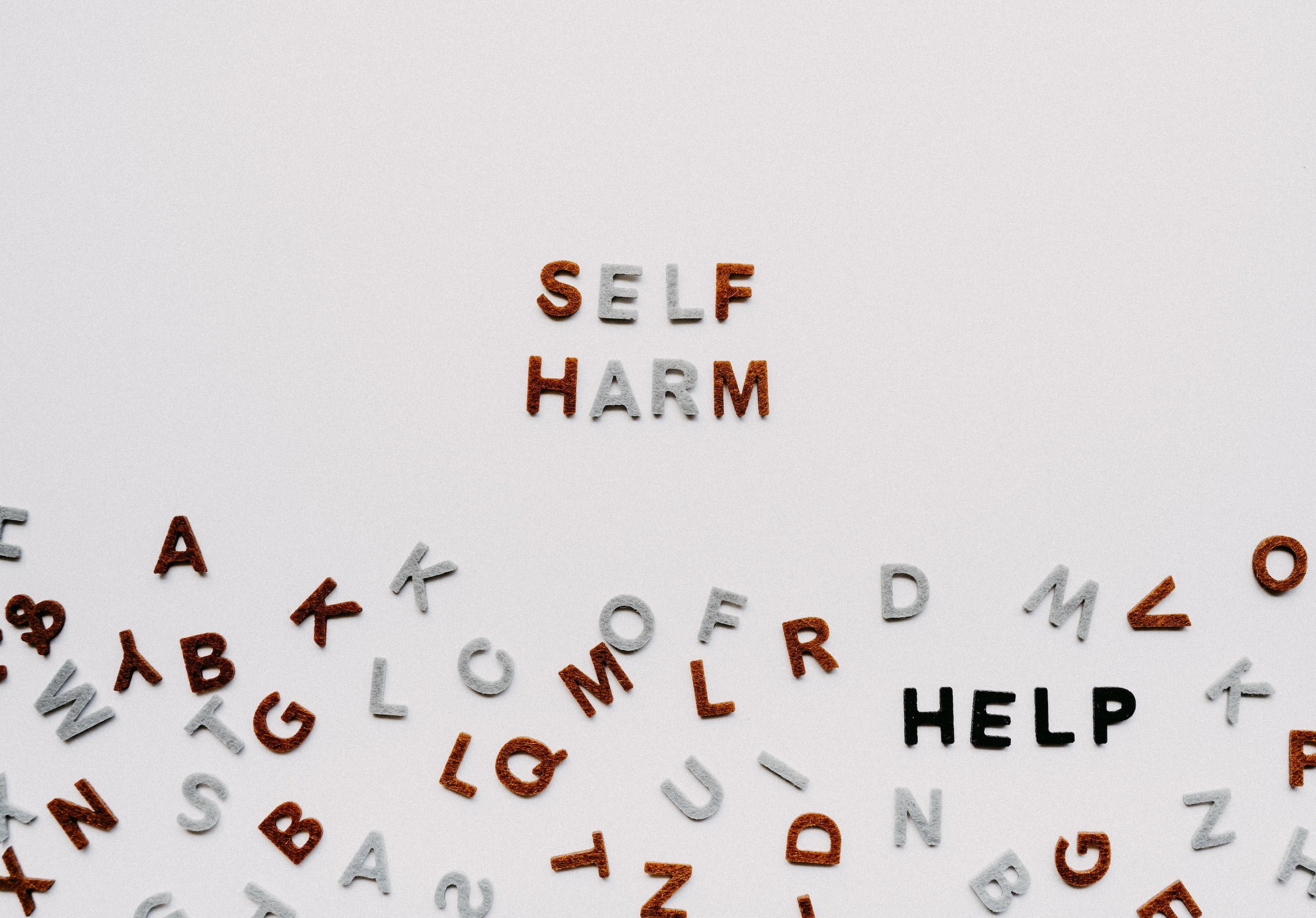Stand United and Stand Strong.
Finding out that your child has deliberately harmed him or herself often leads parents down a spiral of fear and anger. Many parents’ fears are perpetuated by the frequent perception that self-injury leads to suicide or may be a suicidal attempt. Despite correlations between suicide attempts and self-injury, parents can rest assured that most individuals engaging in self-injury are not attempting to kill themselves nor have desires to kill themselves. Self-Injury is often employed as a way to control feelings rather than an attempt at suicide. Studies in the last year suggest an increasing rate of self-injury with modest estimates indicating 1 in every 6 teenagers are engaging in self-injury while other studies suggest 1 in 4 high school students are engaging in self-injury at least once. Five percent of teenagers are reportedly engaging in these acts consistently (1). It is hard to determine clear prevalence rates due to the varying definitions of self-injury and dearth of information regarding younger children’s use of self-injury. The best plan of action as a parent if you suspect your child is engaging in self-injury is to be informed about self-injury, to encourage conversation between yourself and children, be interested in their daily life and stressors, and to seek support from a professional.
Self-injury may include cutting, burning, choking, ingesting poisonous materials, pinching, and hitting one’s self. In the current teen culture cutting and burning are seen as the most popular forms of self-injury; however, hospitals and the Center for Disease Control are reporting significant increases in the purposeful consumption of poisonous materials (2). Self-Injury is perceived by the injurer as a helpful way to cope with strong negative feelings and feelings of being overwhelmed. Self-Injury may also be a way for individuals to attempt to “feel” after periods of numbness. It may also be a form of control, cry for help, form of self-identity, an attempt to avoid loneliness and seek a peer community, or self-punishment.
Self-injury, such as cutting, is a very mindful task which creates analgesic properties that allow an individual to feel calm and ‘happy’ for a short duration. The physical properties release chemicals in the brain that are similar to happiness and numb the emotional pain for a short time frame. The problem that self-injury presents, besides the physical danger and scars, is that the act is a temporary “Band-Aid” for the distress and negative emotions. The problems are never solved and, therefore, the pain continues resulting in increasingly repetitive patterns of feeling negative, seeking self-injury, feeling shame, and then re-experiencing negative emotions. A false perception is that a child begins self-injuring for attention. Most research and reports indicate the contrary, which states that children attempt to keep self-injury hidden for some period of time and begin because they “don’t know what else to do.” (3)
So, how do you help as a parent?
Below are a few suggestions for parents:
- Educate yourself on self-injury and the reasons individuals may perceive it as helpful
- Increase communication with your child
- If your child refuses to talk about self-injury allow the conversation to occur on their time, but offer your time.
- i.e. “I’m sorry you are feeling so overwhelmed. I’m here to talk about what’s going on and you can always come to me. Let me know how I can help you and sometimes just talking may be helpful.”
- Specifically ask about suicidal thoughts and possible plans.
- Manage your own emotions and reactions
- It is unhelpful to respond with strong emotions such as anger, shock, and disappointment
- Model appropriate coping strategies
- Respect your child’s individuality and independence
- Set firm guidelines regarding technology and social media
- Re-evaluate your child’s responsibilities and schedule
- Do positive activities as a family
- Encourage cooperative problem-solving
- Reinforce positive acts and positive traits
- Take your child seriously and perceive their stress and conflicts in your child’s eyes, not compared to your own adult experience and abilities.
- Validate your child’s feelings and experiences
- Seek expert help in the form of a psychologist
There are also several things you should avoid if you are concerned about your child’s self-injury.
- Do not punish behaviors.
- Avoid yelling and lecturing.
- Do not use ultimatums and threats tied to self-injury
- Do not identify the acts as attention seeking
- Do not avoid conversations due to your own uncomfortable feelings
Although self-injury can be scary to both teenagers and parents, it is important to note that it is treatable. Self-injury is a maladaptive coping strategy that can be replaced with more appropriate forms of coping often with the assistance of a professional. If your child is cutting, seek help from a trained professional who can help introduce alternative strategies and offer support to you and your child. Psychologists specializing in self-injury can be found at Palm Beach Behavioral Health and Wellness.
Resources:
(1) Brickell, C.M. & Jellinek, M.S. (2014.) Self-injury: Why teens do it, how to help. Contemporary Pediatrics. Retrieved online from: http://contemporarypediatrics.modernmedicine.com/ contemporary-pediatrics/news/self-injury-why-teens-do-it-how-help?page=full
(2) Center for Disease Control. (2005-2009). Retrieved from: http://www.cdc.gov/ violenceprevention/suicide/statistics/self_harm.html
(3) BoysTown. Parentline: Tip Sheets-Self-injury and self-harm. Retrieved online from: http://www.parentline.com.au/parenting-information/tip-sheets/self-harm.php
(4) Whitlock, J. (2013). Cornell University Research Program on Self-Injury and Recovery. Retrieved from: http://www.selfinjury.bctr.cornell.edu/perch/resources/what-is-self-injury-9.pdf



